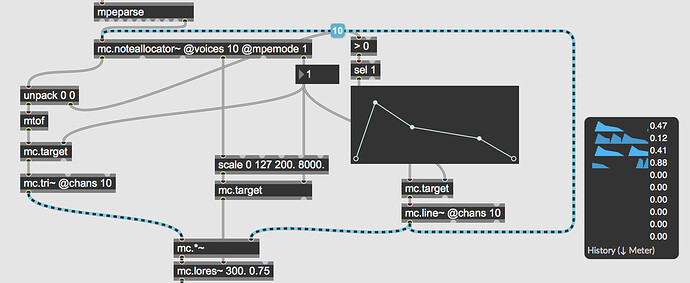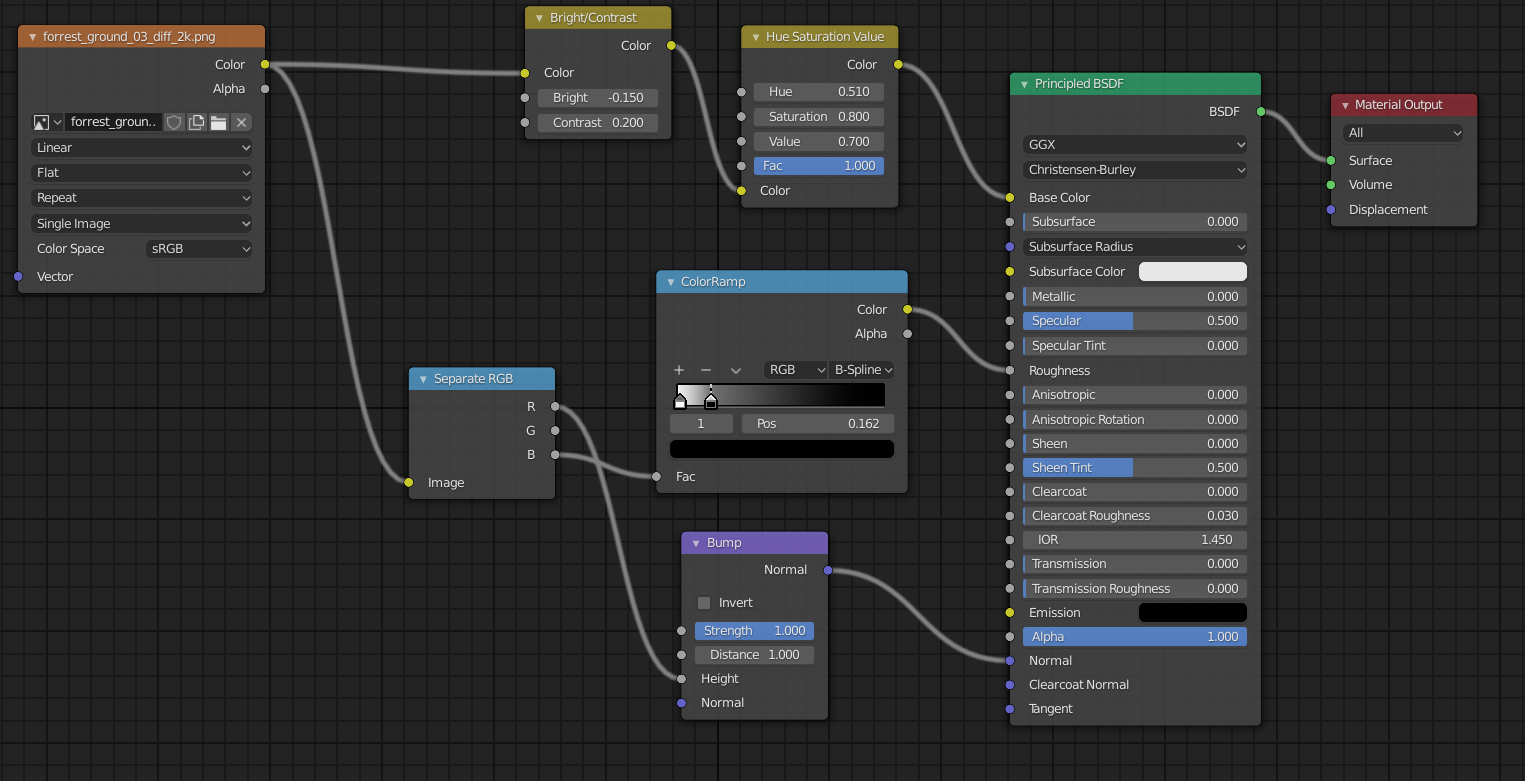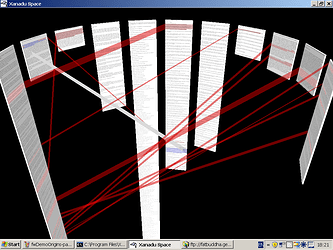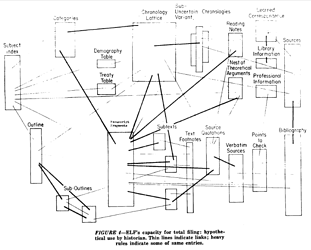As a long time user of TiddlyWiki I can tell you Tiddlywiki is a templating machine. Its core depends on it, multiple mechanisiums are available to designers and users alike. Templates are both broad in definition and use, within tiddlywiki with transclusion, procedures and filters, turbo charging the ways they can be used.
So diverse are the posibilities of templates in tiddlywiki. there are many kinds of which we speak in these forums and it is sometimes confusing as to what is being discussed. The following are a few types of templates and these can be combined.
- display templates
- Tiddler templates
- core templates
- content templates
- code templates
- reusable code
- plugin, button, action, tag any tiddlywiki object template
- wiki templates
- editions
- demos…
- exportable content templates
- files
- html json etc…
- zip files
Today I was thinking there is another kind of template, I may call a functional template, which includes a button or trigger containing the steps to create another tiddler. There may not be any other template involved, with all the details stored within a button or actions.
So once you consider the above and hybrid templates using two or more templating methods, we get quite a few combinations.
Where to now?
I started this discussion to encorage a shared community effort in this subject. Do we need to develop a more mature language about templates? Can we curate this broad subject to make it easier to understand and share insights?
- perhaps we can multiply the posibilities by building on tiddlywikis strengths, to be the premier templating machine, inside and outside tiddlywiki?
- what does a more mature templating machine look like to you?




